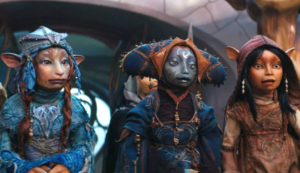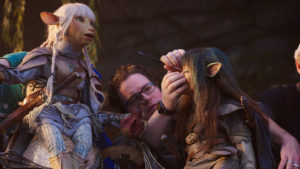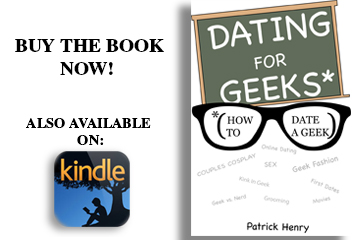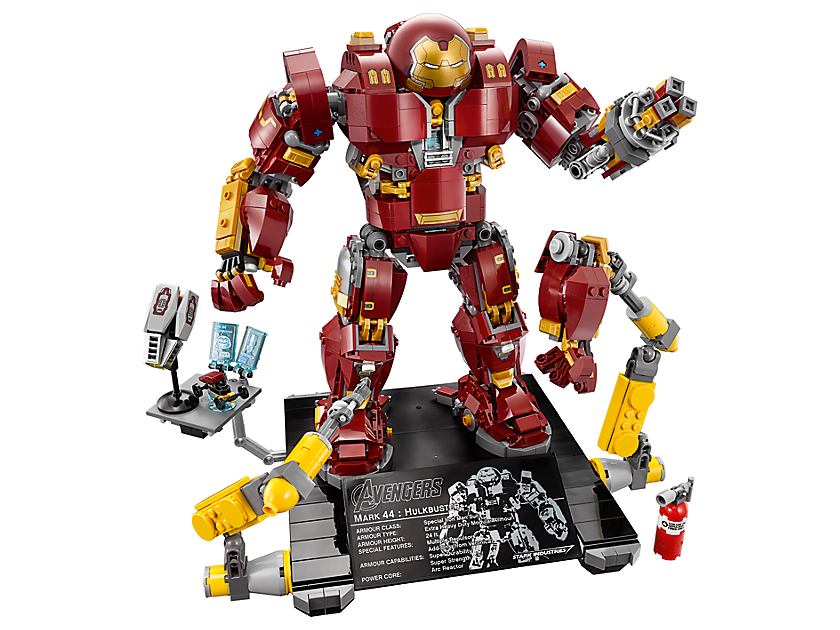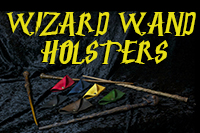How Dark Crystal: Age of Resistance Resists the Tropes of the Prequel Genre
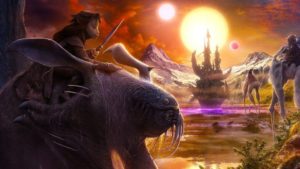
We are living in a peculiar age, one where our favorite childhood movies are being remade, rebooted, sequeled, prequeled, and more because if there’s one thing that can entice today’s fickle audience: it’s nostalgia.
Prequels, of course, always set out to resonate with the intended audience, but we’ve seen plenty that have failed to fully connect with the fans in recent years. The Star Wars, Lord of the Rings, and Harry Potter film prequels have all received a mixed reception from fans.
This is where Netflix’s recent collaboration with the Jim Henson Company succeeds.
Dark Crystal: Age of Resistance does exactly what its title suggests: in an age of prequels, it resists falling prey to the tropes we unfortunately see all too often in these precursory narratives.
Netflix’s new 10-hour fantasy series is a return to the fictional world of Thra, originally dreamt up by Brian Froud and brought to life by Jim Henson. While the show is an exceptional fantasy epic, and a masterclass in innovative puppetry, the ways it continues the Dark Crystal legacy deserves further breakdown.
Hold on to your Armaligs everyone, I’m about to hit you with four ways that Dark Crystal: Age of Resistance succeeds as a prequel story.
CAUTION: Spoilers ahead for the rest of this review.
The original film features two Gelfling characters who are said to be the last of their kind after the Skeksis supposedly wiped out the rest of the race.
The Age of Resistance show is set before the film, in a time that the Gelfling civilization was proud and thriving. Not only does the series show us this complex and populous race, we get to see and learn about the seven Gelfling clans of Thra.
The heroes of the show journey through the forest-based Stone In The Wood, the ornate ships of Sifa clan, the elegant Vapran city, the Crystal Sea desert inhabited by the Dousan, and the underground caves of the Grottans.
Geography aside, Age of Resistance also features many brand-new creatures, such as massive multi-eyed Nurlocs, the mole-like Moog, and the hive-minded Arathim.
The team at the Jim Henson Company made the world feel comfortably familiar to original fans, while making sure to introduce a truly stunning amount of new creatures and world details.
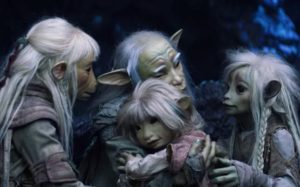
Two: Connecting the Audience to the World and its Characters.
From the first episode of Age of Resistance, the stakes for the story are made clear; the world of Thra is in peril, as are every single creature that is part of it. Episode one illustrates how the darkening of the crystal has already begun to negatively affect Thra’s creatures, starting with the Nurlocs in the Grottan Caves. The “end of the world” scenario is so prevalent in genre films (re: almost every single superhero movie), that we’ve learned to take it for its word. Age of Resistance however, dedicates so much screen time to the many characters and wondrous animals that could be lost, that the audience doesn’t have to be told that they should care, they actually care.
Three: Employing Minimal and Strategic CGI
Audiences looove CGI right? To an extent. The Star Wars prequels and the Hobbit movie trilogy both utilized far more green screen and CGI than their original films. One gave us an infamous CGI Jar Jar, and the other allegedly made Sir Ian McKellen cry on set when he supposedly felt disheartened by the amount of green screen he was acting against. While certain CGI-fest movies like 2018’s Aquaman can be a really fun ride, consider its emotional impact, compared to films like Jurassic Park or Inception, both of which utilized a balance of CGI and practical effects. These days, it can be cost-effective or just easier to digitally create a backdrop, or a set, or an entire creature. Age of Resistance instead uses practical sets and puppets, saving the CGI for its action sequences and the occasional wide-shot. The practical nature of just about everything you see on screen makes the world of Dark Crystal look richer and feel more real.
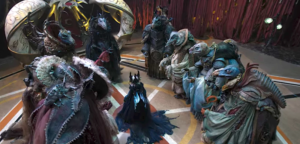
Four: Avoiding the Pitfalls of the Prequel Genre
There is a fine line between slipping a little foreshadowing into your prequel, and inserting glaringly obvious allusions to the original property that halt the narrative just to pay fan-service. Age of Resistance manages to include allusions to the movie in subtle ways that fit into the plot in a seamless way. When the Scientist Skeksis is blamed for letting a Gelfling escape with a secret that threatens them, the other Skeskis punish him by allowing a “Peeper Beetle” to consume his eye. While this explains why his character has a mechanical flashlight for an eye in the movie, it isn’t just a random moment meant to wink to the audience. It serves as an illustration of how dangerous the Skeksis Chamberlin is in his ability to turn people against each other, and a way of showing how ruthless the Skeksis can be, even to their own kind. In comparison, Solo, the Star Wars prequel film, shows us the moment Han Solo meets Chewbacca and the moment he meets Lando and the moment he got his surname and the moment he won the Millennium falcon from Lando. By putting to screen every mythological story from Han Solo’s past, you strip the character of his mystery. No one can colorfully imagine his backstory because it’s been completely demystified. The Hobbit movie trilogy also managed to shoehorn in some 4th-wall shattering moments, one being the moment Legolas meets Gimli’s father and reacts with intense emotion to a portrait of Gimli, whom he’s never met. It serves less as story-forwarding detail and more as cutesy wink at the audience, as if to say “Get it? They’re best friends later on!”
If you’re a fan of the Star Wars prequels, and the Hobbit movies, and you generally love moments like these, that’s fine. Everyone likes what they like.
It would simply be nice if more prequels put the focus on telling a great story, rather than singling-out moments that echo the works they’re attempting to live up to.

